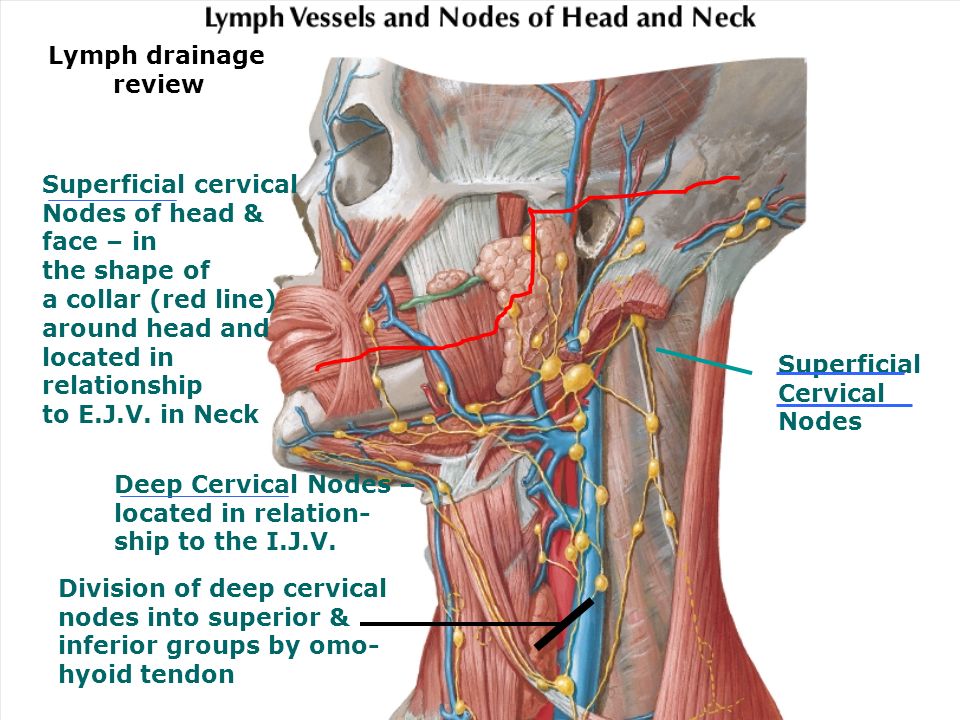Swollen lymph nodes in armpit and neck. Swollen Lymph Nodes: Causes, Symptoms, and When to Seek Medical Attention
What causes lymph nodes to swell. How to identify swollen lymph nodes. When should you be concerned about swollen lymph nodes. What are the treatment options for swollen lymph nodes. Can swollen lymph nodes be a sign of cancer.
Understanding the Lymphatic System and Its Functions
The lymphatic system plays a crucial role in maintaining overall health and well-being. This complex network of tissues and organs has three primary functions that significantly impact our daily lives:
- Immune system support
- Fluid drainage maintenance
- Fat absorption assistance
At the heart of this system are lymph nodes – small, kidney bean-shaped structures that filter foreign substances and dangerous pathogens. There are approximately 500 to 600 lymph nodes scattered throughout the human body, clustered in specific areas such as behind the ears, in the neck, armpits, chest, abdomen, and groin.
These nodes use lymph fluid, which contains white blood cells (lymphocytes), to trap and eliminate harmful substances. Under normal circumstances, lymph nodes remain unnoticeable. However, when they become enlarged or swollen, it’s often a sign that the body is actively fighting an infection or illness.
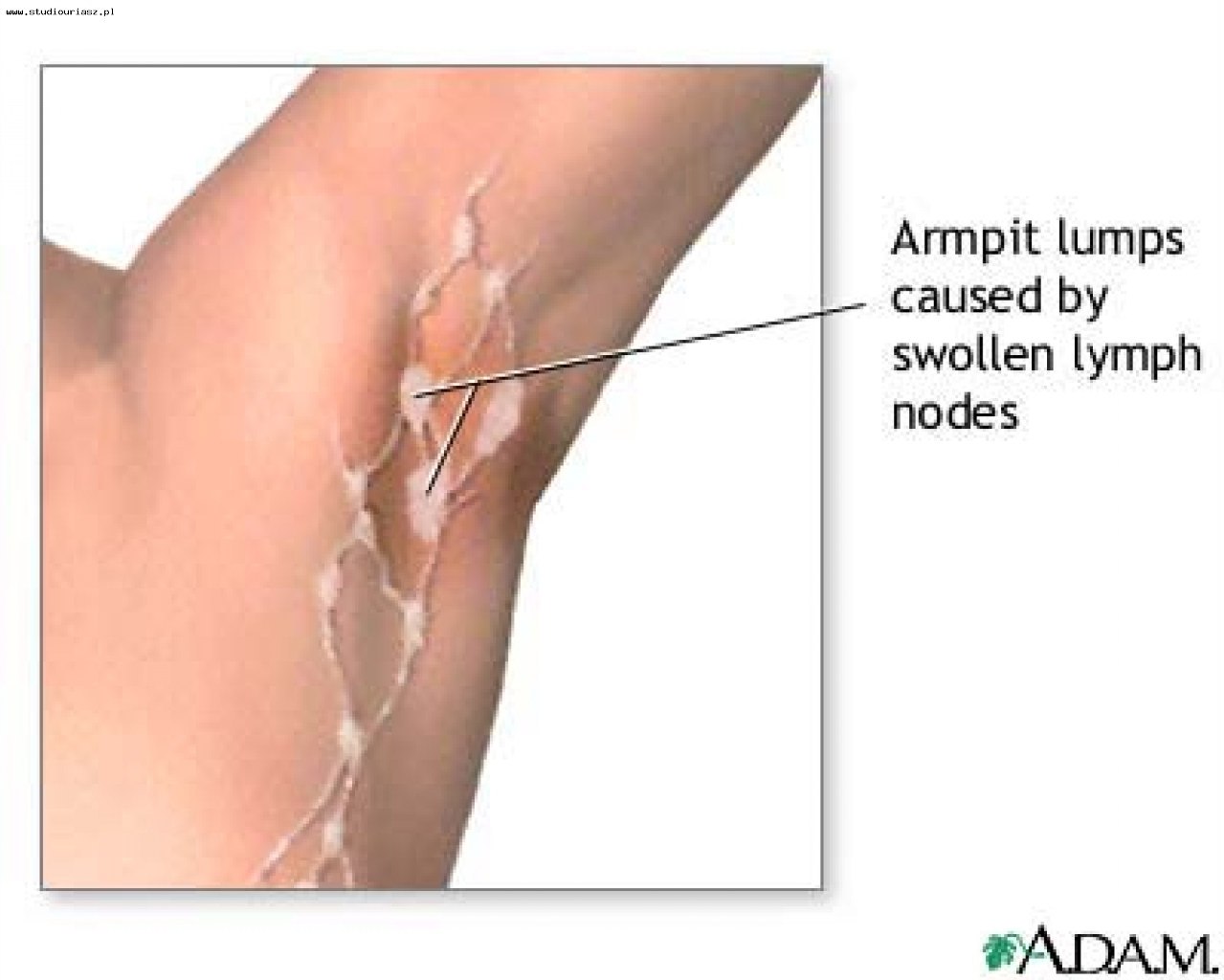
Identifying Swollen Lymph Nodes: Locations and Symptoms
Recognizing swollen lymph nodes is an essential skill for early detection of potential health issues. The most common areas where swollen lymph nodes can be detected include:
- Neck
- Armpits
- Groin
To check for lymph node swelling, gently press over these areas. Swollen lymph nodes may exhibit the following symptoms:
- Redness over the affected area
- Tenderness or pain when touched
- Increased size (typically larger than a pea)
- Warmth in the surrounding skin
In addition to these localized symptoms, swollen lymph nodes may be accompanied by other signs of illness, such as:
- Sore throat
- Fever
- Night sweats
- Runny nose
- Fatigue
Common Causes of Swollen Lymph Nodes
Lymph nodes swell as a response to various triggers, most commonly infections and illnesses. Some of the frequent causes include:
Bacterial Infections
Bacterial infections, such as strep throat or skin infections, can lead to swollen lymph nodes. The body’s immune response to these pathogens causes the lymph nodes to enlarge as they work to filter out harmful bacteria.

Viral Infections
Common viral infections like the flu, mononucleosis, or the common cold can result in swollen lymph nodes. As the body fights off these viruses, the lymph nodes may become enlarged and tender.
Fungal Infections
Although less common, fungal infections can also cause lymph node swelling. These infections may be more prevalent in individuals with weakened immune systems or those living in specific geographic areas.
Autoimmune Disorders
Certain autoimmune conditions, such as lupus or rheumatoid arthritis, can lead to chronic lymph node swelling. In these cases, the immune system mistakenly attacks healthy tissues, causing inflammation and enlarged lymph nodes.
Swollen Lymph Nodes and Cancer: Understanding the Connection
While most cases of swollen lymph nodes are benign and related to common infections, in some instances, they can be a sign of more serious conditions, including cancer. The most common types of cancer associated with swollen lymph nodes are:
- Lymphoma (Hodgkin’s and Non-Hodgkin’s)
- Leukemia
- Breast cancer
- Lung cancer
- Skin cancer (melanoma)
It’s important to note that cancer-related lymph node swelling often differs from that caused by infections. Cancer-related swelling tends to be painless, persistent, and may continue to grow over time. Additionally, cancerous lymph nodes may feel firmer or more fixed in place compared to those swollen due to infection.
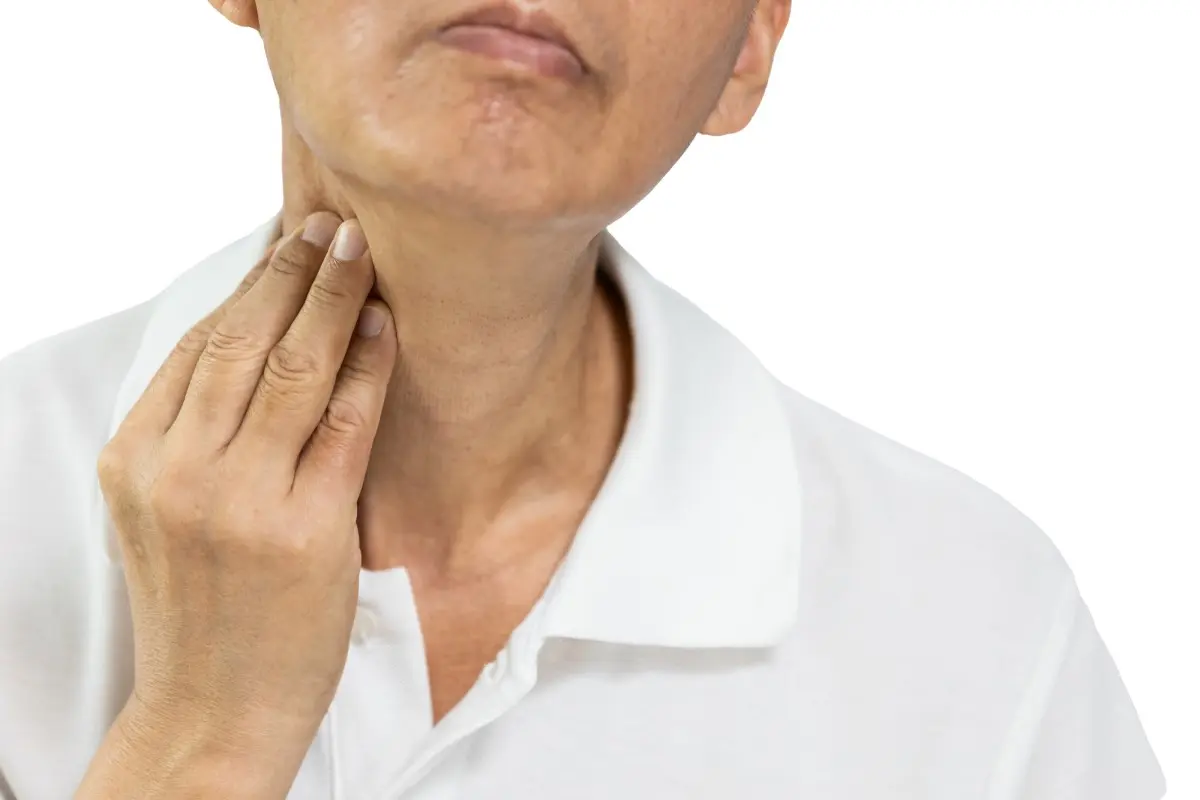
Hodgkin Lymphoma: A Closer Look
Hodgkin lymphoma, a type of cancer that affects the lymphatic system, often presents with painless swelling in lymph nodes, typically in the neck, armpit, or groin area. Unlike swelling caused by infections, these enlarged nodes may persist for months or even years before being noticed. In some cases, they can grow rapidly.
Other symptoms associated with Hodgkin lymphoma include:
- Heavy night sweats
- Unexplained fever
- Significant weight loss
- Itching, which may worsen after alcohol consumption
- Cough or shortness of breath
- Abdominal pain or vomiting after drinking alcohol
When to Seek Medical Attention for Swollen Lymph Nodes
While swollen lymph nodes are often harmless and resolve on their own, there are instances where medical evaluation is necessary. You should consult a healthcare professional if:
- The swollen lymph node persists for more than two weeks
- The node continues to enlarge or becomes hard and fixed in place
- You experience unexplained weight loss, night sweats, or persistent fever
- The swelling is accompanied by difficulty swallowing or breathing
- You notice redness or warmth around the swollen area, which could indicate an infection
Early detection and proper diagnosis are crucial for effective treatment, especially in cases where swollen lymph nodes may be indicative of a more serious underlying condition.
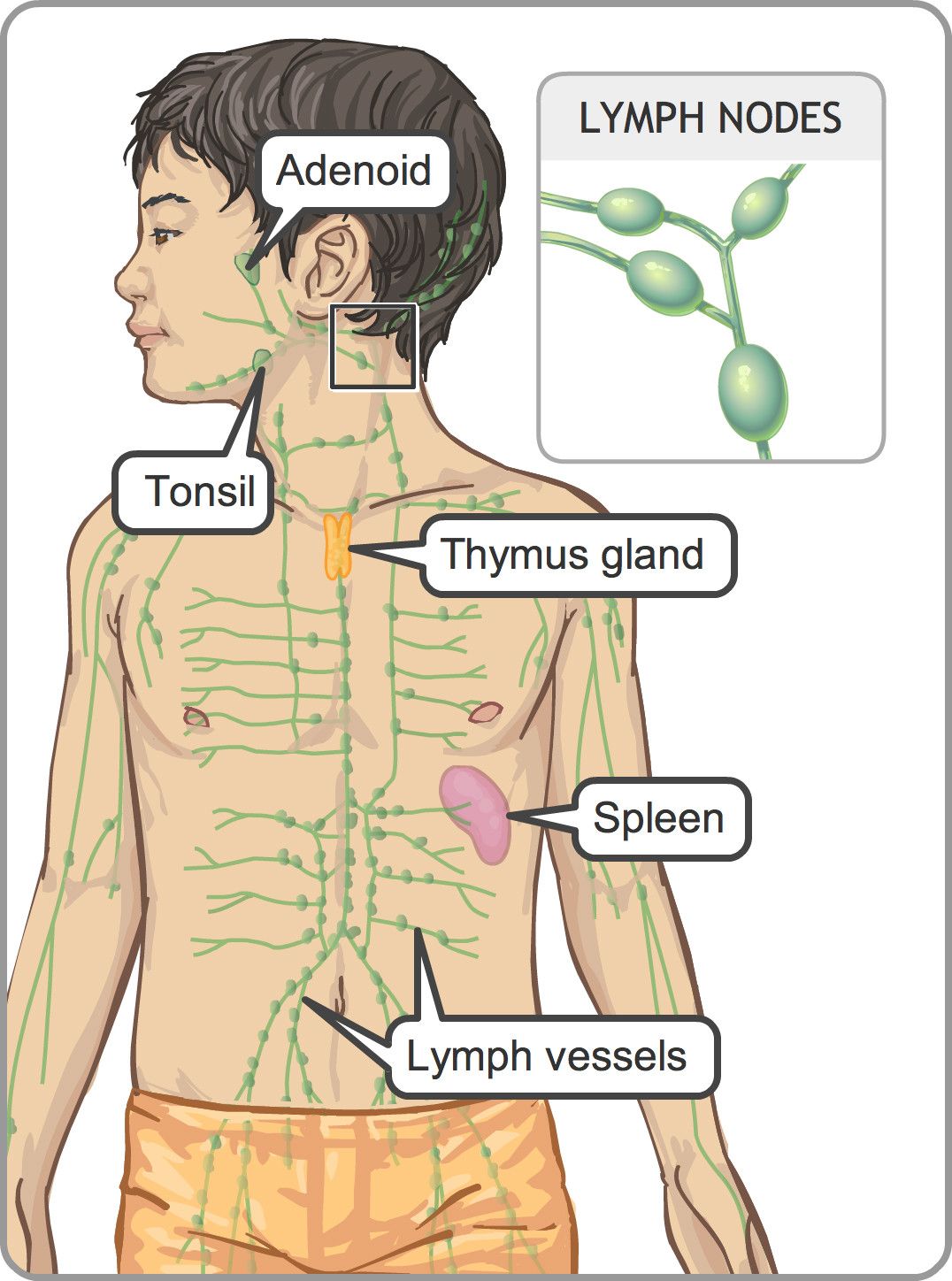
Diagnostic Procedures for Swollen Lymph Nodes
When evaluating swollen lymph nodes, healthcare providers may employ various diagnostic techniques to determine the underlying cause. These procedures can include:
Physical Examination
A thorough physical examination allows the doctor to assess the size, location, and consistency of the swollen lymph nodes. They may also check for other symptoms or signs of infection or illness.
Blood Tests
Blood tests can help identify infections, inflammatory conditions, or other abnormalities that might be causing the lymph node swelling. Common blood tests include:
- Complete blood count (CBC)
- C-reactive protein (CRP) test
- Erythrocyte sedimentation rate (ESR)
Imaging Studies
Imaging techniques can provide detailed views of the affected lymph nodes and surrounding tissues. These may include:
- Ultrasound: Uses sound waves to create images of the lymph nodes
- CT scan: Provides cross-sectional images of the body
- MRI: Offers detailed images of soft tissues
- PET scan: Can help detect cancer and its spread
Biopsy
In some cases, a biopsy may be necessary to obtain a definitive diagnosis. This involves removing a small sample of tissue from the affected lymph node for microscopic examination. Biopsies can be performed using various techniques, including:
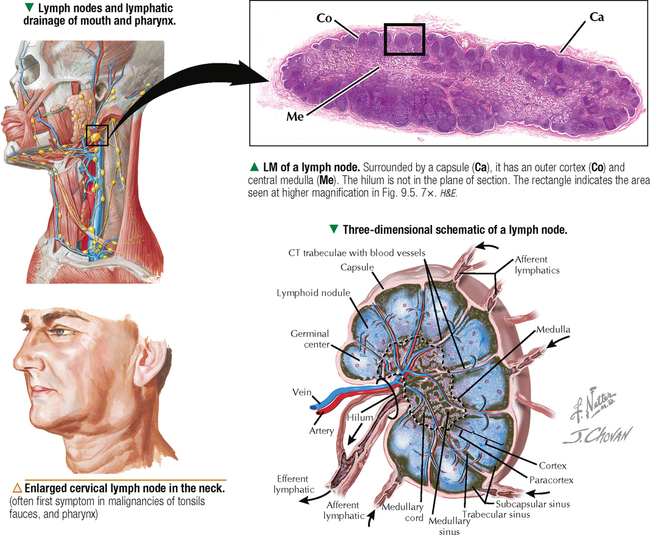
- Fine-needle aspiration
- Core needle biopsy
- Excisional biopsy
Treatment Options for Swollen Lymph Nodes
The treatment for swollen lymph nodes depends on the underlying cause. In many cases, especially when the swelling is due to minor infections, no specific treatment is necessary, and the nodes will return to normal size on their own. However, various treatment approaches may be recommended based on the diagnosis:
Addressing Infections
If the swollen lymph nodes are caused by a bacterial infection, antibiotics may be prescribed. For viral infections, supportive care and symptom management are typically recommended, as most viral infections resolve on their own.
Managing Underlying Conditions
For swollen lymph nodes related to autoimmune disorders or other chronic conditions, treatment focuses on managing the underlying disease. This may involve medications to suppress the immune system or reduce inflammation.
Cancer Treatment
If swollen lymph nodes are associated with cancer, treatment will depend on the type and stage of cancer. Options may include:
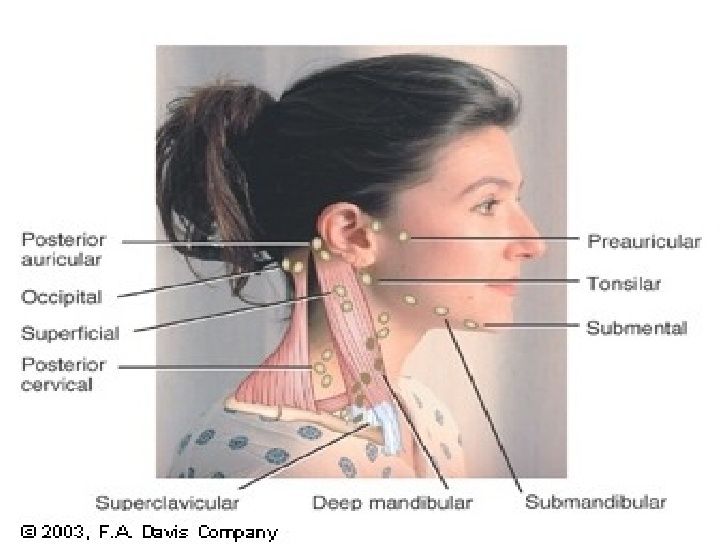
- Chemotherapy
- Radiation therapy
- Immunotherapy
- Targeted therapy
- Surgery
Symptomatic Relief
To alleviate discomfort associated with swollen lymph nodes, the following measures may be helpful:
- Applying warm compresses to the affected area
- Taking over-the-counter pain relievers
- Getting adequate rest to support the immune system
- Staying hydrated
Preventing Lymph Node Swelling: Lifestyle and Health Considerations
While it’s not always possible to prevent lymph node swelling, certain lifestyle choices and health practices can help reduce the risk of infections and support overall lymphatic health:
Maintaining Good Hygiene
Proper hygiene practices can help prevent infections that may lead to swollen lymph nodes. This includes:
- Regular handwashing
- Practicing good oral hygiene
- Keeping cuts and scrapes clean and covered
Boosting Immune Function
A strong immune system can help fight off infections more effectively. To support immune health:
- Eat a balanced diet rich in fruits, vegetables, and whole grains
- Exercise regularly
- Get adequate sleep
- Manage stress through relaxation techniques or mindfulness practices
Avoiding Exposure to Harmful Substances
Limiting exposure to toxins and irritants can help reduce the burden on your lymphatic system. Consider:
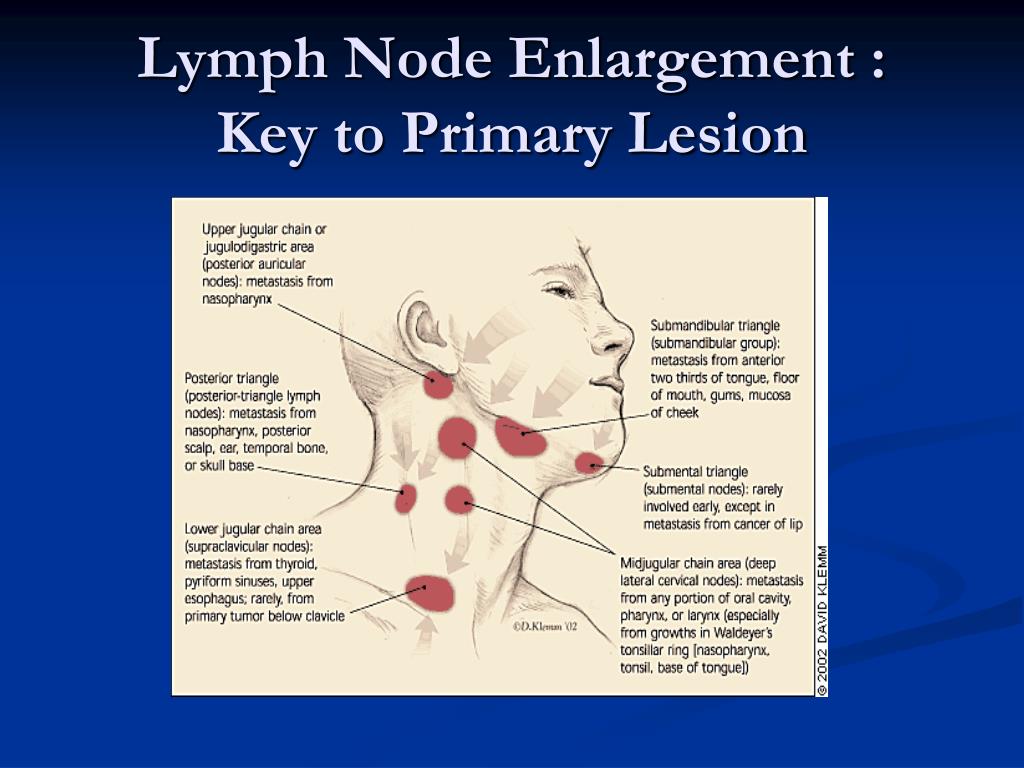
- Quitting smoking or avoiding secondhand smoke
- Limiting alcohol consumption
- Using natural cleaning products when possible
Regular Health Check-ups
Routine medical examinations can help detect potential issues early. This includes:
- Annual physical exams
- Age-appropriate cancer screenings
- Prompt medical attention for persistent symptoms
Understanding the role of lymph nodes in our body’s defense system and recognizing when swelling may indicate a more serious condition is crucial for maintaining overall health. By staying informed and attentive to changes in our bodies, we can take proactive steps to address potential health concerns and seek timely medical care when necessary. Remember, while swollen lymph nodes are often benign, they can sometimes be a sign of more serious underlying conditions, making it important to consult with a healthcare professional when in doubt.
Symptoms | Hodgkin lymphoma | Cancer Research UK
The most common symptom of Hodgkin lymphoma is a painless swelling in a lymph node. This can be in an area of the body such as the neck, armpit or groin.
Lymph nodes commonly swell if we have an infection but they usually go back to normal over a short time. With lymphoma, the lymph nodes often grow slowly and may be there for months or years before they’re noticed. But sometimes they grow very quickly.
Usually, the swollen nodes don’t hurt. But some people say their lumps ache or are painful. And for some they are painful after drinking alcohol.
Other general symptoms
You might have other symptoms such as:
- heavy sweating, especially at night
- high temperatures that come and go with no obvious cause, often overnight
- losing a lot of weight over a short period of time, despite eating well
- itching, which may be worse after drinking alcohol
- cough or shortness of breath
- tummy (abdominal) pain or vomiting after drinking alcohol
Hodgkin lymphoma in the bone marrow
Some people have Hodgkin lymphoma in their bone marrow when they’re diagnosed. If you have this, it can cause the following symptoms:
If you have this, it can cause the following symptoms:
- shortness of breath and tiredness because of anaemia from a low red blood cell count
- increased risk of infections because of a low white cell count
- bleeding problems such as nosebleeds, very heavy periods, or a rash of tiny blood spots under the skin because of a low platelet count
Other possible symptoms
Other symptoms will depend on where in your body the Hodgkin lymphoma is. Swollen lymph nodes can:
- press on nerves and cause pain
- cause swelling in arms or legs by blocking the flow of lymphatic fluid around the body
- cause yellowing of the skin and eyes (jaundice) by blocking the flow of bile from the liver
None of these are common symptoms, but they can happen. You may also have small lumps (nodules) on your skin, usually near the swollen lymph nodes.
When to see your doctor
You should see your doctor if you have a swollen lymph node, especially if you haven’t had a recent infection, or you have any of the other symptoms mentioned here.
Although your symptoms are unlikely to be cancer, it’s important to get them checked by a doctor.
Cancer and its Management (7th edition)
J Tobias and D Hochhauser
Wiley-Blackwell, 2015Suspected cancer: recognition and referral
National Institute of Health and Care Excellence (NICE), June 2015Essential Haematology (8th edition)
V Hoffbrand and D Steensma
Wiley Blackwell, 2019
Last reviewed:
17 Sep 2020
Next review due:
17 Sep 2023
Print page
What Do Swollen Lymph Nodes Mean?
What Do Swollen Lymph Nodes Mean?
CT Scans | MRI | Ultrasound
Your lymphatic system plays a key role in your overall health and wellbeing. Understanding the role of lymphatics in your body is important as it has three major functions that affect your day-to-day routine.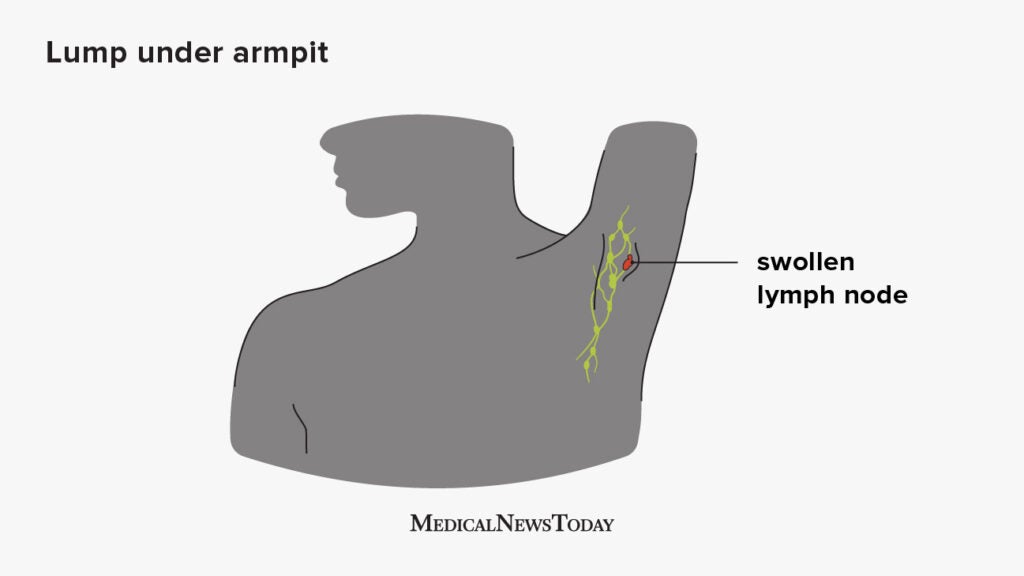 As a component of the immune system, lymphatics play a key part in protecting you against illnesses. Your lymphatic system also helps maintain fluid drainage and aids in fat absorption.
As a component of the immune system, lymphatics play a key part in protecting you against illnesses. Your lymphatic system also helps maintain fluid drainage and aids in fat absorption.
Having a basic understanding of this system is essential in learning how to spot abnormalities. Keep reading to learn more about the important function of your lymphatic system and what having swollen nodes means for your health.
Lymph Nodes and Their Function
There are about 500 to 600 lymph nodes in our bodies. Lymph nodes are small, kidney bean-shaped structures. They use lymph fluid, which is partially made up of white blood cells, or lymphocytes, to filter foreign and dangerous substances.
Sometimes referred to as lymph glands, their job is to collect and drain fluid from our tissues. They play a major role in our ability to fight infection and disease. Lymph nodes are found in the following five areas of the body in clusters:
- Behind the ear
- Neck
- Armpits
- Chest
- Abdomen
- Groin
Lymph nodes largely go unnoticed until they are enlarged or swollen due to them trying to fight infection and illness. You can check for lymph node swelling by gently pressing over areas with clusters, such as the sides of your neck or around your armpit. Symptoms that are commonly associated with lymph node swelling include:
You can check for lymph node swelling by gently pressing over areas with clusters, such as the sides of your neck or around your armpit. Symptoms that are commonly associated with lymph node swelling include:
- Redness over the node area
- Tenderness
- Sore throat
- Fever
- Night sweats
- Running nose
Paying close attention to swelling in your nodes is important as swelling indicates that your body is dealing with sickness. It can be helpful to know where your lymph nodes are located to get ahead of potentially serious ailments.
Why Lymph Nodes Swell
Lymph nodes become swollen when they are actively fighting infection and illness. Dangerous substances travel to the nodes by lymph fluid. Here it is filtered with infection-fighting white blood cells and released back into the bloodstream. On most occasions, swelling occurs in the nodes behind the ears and on the neck. This is usually due to sinus infections or the common cold, but some other frequent reasons why lymph nodes become swollen:
- Infections
- Flu
- Mononucleosis
- HIV
- Autoimmune disorders
- Sarcoidosis
- Trauma
- Cancer
Regions with swollen nodes indicate where your body is fighting disease or infection. Pay attention to where and for how long your nodes feel enlarged. If they are persistently swollen for more than two weeks, this can mean a more serious infection, or cancerous cells could be causing protrusion and inflammation.
Pay attention to where and for how long your nodes feel enlarged. If they are persistently swollen for more than two weeks, this can mean a more serious infection, or cancerous cells could be causing protrusion and inflammation.
Swollen Lymph Nodes and Cancer
While swollen lymph nodes are more commonly due to viral infections, there is a chance that they could indicate cancer, although rare. In adults over 40 years of age, lymph nodes that are long-lasting are associated with a 4 percent risk of cancer. Swollen glands can be early signs of the following types of cancer:
- Leukemia: About 20 percent of leukemia patients deal with swollen nodes before a physician diagnoses them. Swelling that persists for longer than two weeks can be an indication of leukemia. Lymph nodes most commonly swell in the neck, groin and underarms. Nodes may feel hard and increase in size as side effects of this blood cancer. Note that nodes may not necessarily be painful if they are swollen due to this type of cancer.

- Breast cancer: One sign of breast cancer is swelling in the lymph nodes in the armpit. Cancer can advance to the lymph nodes from the breasts. If breast cancer moves to the node, this indicates that it could spread further throughout the body, and patients should consider getting more imaging performed to locate any additional cancer cells. If breast cancer cells are found inside the lymph nodes, this is considered stage two cancer. It is essential to have a technologist examine swollen lymph nodes in breast ultrasounds or other imaging tests.
- Lymphoma: Swollen lymph nodes are considered “local symptoms” of lymphoma, meaning the cancer is located near or around the node. This swelling may be paired with breathlessness and anemia. Neck, underarm, and groin nodes are most likely to enlarge due to lymphoma.
- Kaposi sarcoma: Human herpesvirus 8 causes this type of cancer. Less than one percent of Americans have this virus, making it quite uncommon.
 Typically, the lymph nodes affected by Kaposi sarcoma are around the groin area. This is often accompanied by leg swelling as well.
Typically, the lymph nodes affected by Kaposi sarcoma are around the groin area. This is often accompanied by leg swelling as well.
- Metastatic cancer: This refers to cancer that travels throughout the body, through lymph and blood vessels. In metastasis, new cancer tumors form after breaking away from where the cancer cells originated. The TNM System determines the stages of cancer. This system involves your physician identifying the size of the tumor (T), the number of nodes with cancer cells (N), and where cancer cells have spread (M).
Radiology Imaging for Swollen Lymph Nodes
While many minor inflictions cause lymph nodes to swell, it is important to pay attention to changes in the nodes as this may mean something more serious is going on. See your doctor promptly if you notice the following changes in your lymph nodes:
- Nodes have been enlarged for more than 2 weeks
- Nodes are hard to the touch
- Nodes are enlarged for no obvious reason
- Persistently swollen nodes paired with a consistent fever
Radiology imaging tests may be necessary for further examination and possible biopsy of the node tissue. Imaging helps technologists identify and characterize nodes as well as examine whether nodes are cancerous or benign. Imaging tests for swollen nodes include:
Imaging helps technologists identify and characterize nodes as well as examine whether nodes are cancerous or benign. Imaging tests for swollen nodes include:
- MRI scan: Magnetic resonance imaging is used to detect irregularities in the body. Your doctor may order an MRI to screen for tumors, swollen glands, and even breast cancer.
- CT scan: CT scans can detect enlarged nodes over the entire body. This imaging is also used in biopsies to guide tissue removal.
- Ultrasound: For patients with inflamed nodes around their neck, abdomen, or underarms, an ultrasound can help technologists and doctors assess and differentiate abnormal nodes from healthy ones.
Schedule Your Preventative Imaging Test at Health Images
At Health Images, our specialized staff want to provide you with the support and care you need to protect your health and well-being. We offer 12+ diagnostic imaging services among our multiple centers in the Denver and Boulder areas. Discover our cutting-edge technology and our compassionate approach to helping you get the right diagnosis and treatment for you.
Discover our cutting-edge technology and our compassionate approach to helping you get the right diagnosis and treatment for you.
If you are dealing with enlarged lymph nodes anywhere in your body, especially those that are persisting for over two weeks, we are here for you! Find your nearest location and call to schedule your preventative imaging test today at Health Images.
How to Diagnose the Cause of Breast Pain
Quick Navigation
How to Diagnose Breast Pain in Women : Breast pain (mastalgia) is an unpleasant or painful sensation in the breasts, an experience of physical or emotional suffering. Serves as a protective signal of real or suspected tissue damage. The primary diagnosis of pain in the mammary glands will require an ultrasound of the mammary glands and a subsequent consultation with a mammologist. As an additional examination, the doctor may prescribe:
- mammography
- Breast MRI with contrast.

Which doctor treats pain in the mammary glands in women: In case of symptoms of pain in the mammary glands in women, you should first consult a mammologist, based on the results of the initial examination, the doctor may prescribe an additional consultation with an oncologist-mammologist.
It’s not just women who suffer from breast pain. Pain can disturb patients of any gender. Women usually experience 2 different types of breast pain: cyclic and non-cyclic.
Cyclic breast pain
Cyclic breast pain in women is associated with the menstrual cycle. It includes sensitivity that affects the chest and extends to the armpit. This type of breast pain usually occurs about a week before your period and then subsides during your menstrual cycle.
Non-cyclic breast pain
Non-cyclic breast pain in women is not related to the menstrual cycle and can occur at any time. Non-cyclic breast pain is usually more severe and affects a specific area of the breast.
Causes of breast pain
Breast size – Large breasts can cause stress on the muscles of the chest, neck and shoulders. In this case, the condition would be defined as non-clinical chest pain.
Hormonal changes and breast pain . Hormonal changes in a woman’s body can cause breast pain. Examples of triggers include:
- before period
- during menopause
- early pregnancy
- when taking hormonal drugs.
Breast and armpit pain caused by hormonal changes is usually dull, painful, and affects both sides of the body. The chest also becomes hypersensitive. There are simple ways to relieve this type of pain, such as:
- wearing a comfortable and supportive bra
- taking over-the-counter drugs
- applying a warm compress to the affected area
- reduced caffeine intake
- taking vitamin E.
Diet. Women who eat a diet high in fat and refined carbohydrates may be more likely to experience breast pain.
Bra and breast pain . A pressure bra causes discomfort or irritation. However, the wrong size or shape can also cause pain in the breasts and armpits.
Mastitis and breast pain . Mastitis is a condition where breast tissue becomes inflamed or swollen. It most often occurs in breastfeeding women due to a buildup of milk or a bacterial infection. One symptom of mastitis is pain in the affected breast. Depending on the location, it can also spread to the armpit. Other symptoms of mastitis include:
swelling or redness of the breast
breast skin hot to the touch
hard or elastic area in affected chest
pain or burning when breastfeeding.
If mastitis is caused by a bacterial infection, there may also be additional symptoms such as: fever or chills, fatigue, aches and pains, swollen lymph nodes, malaise, i.e. a general feeling of weakness or discomfort.
Mastitis can be treated with:
over-the-counter pain and swelling medications
applying a warm compress to the affected area
drink plenty of water
taking a course of antibiotics for a bacterial infection.
Muscle tension and pain in the mammary glands . Some types of muscle tension can be felt in the breasts and underarms. These include muscle tension in the chest, neck, shoulders, and back. If the chest hurts due to muscle strain, then there may be a feeling of discomfort in the side of the body where the injury occurred, and pain in the mammary gland increases with movement of the arm and shoulder. Over-the-counter pain relievers can be used to relieve pain and swelling caused by muscle strain. In addition, in the treatment of muscle strain help:
Swollen lymph nodes and pain in the mammary glands. Lymph nodes are a key part of the lymphatic system. These small, bean-shaped glands help filter waste and harmful microorganisms from body tissues. They also carry immune cells that help fight disease and infection. Lymph nodes are located throughout the body, including in the armpits. Lymph nodes usually swell in response to an infection, such as mastitis or mononucleosis. In rare cases, they swell due to cancer or autoimmune diseases. Swelling of the lymph nodes in the armpit is called axillary lymphadenopathy. A swollen lymph node in the armpit visually seems enlarged and becomes sensitive, especially when touched, it causes pain in the breasts. If an infection is the cause, there may also be symptoms such as fever, chills, or fatigue.
These small, bean-shaped glands help filter waste and harmful microorganisms from body tissues. They also carry immune cells that help fight disease and infection. Lymph nodes are located throughout the body, including in the armpits. Lymph nodes usually swell in response to an infection, such as mastitis or mononucleosis. In rare cases, they swell due to cancer or autoimmune diseases. Swelling of the lymph nodes in the armpit is called axillary lymphadenopathy. A swollen lymph node in the armpit visually seems enlarged and becomes sensitive, especially when touched, it causes pain in the breasts. If an infection is the cause, there may also be symptoms such as fever, chills, or fatigue.
Breast cysts and breast pain . Breast cysts are fluid-filled, round or oval sacs that form in the breasts. A breast cyst causes tenderness in or around the breast. This is especially true shortly before the onset of menstruation. Breast cysts can also be accompanied by fibrosis, which occurs when the surrounding breast tissue becomes thickened and hard. This is called fibrocystic changes. Most cysts are benign and do not require treatment. If they grow and become painful, the doctor will aspirate. Mild breast pain from a cyst can be managed with a variety of home remedies:
This is called fibrocystic changes. Most cysts are benign and do not require treatment. If they grow and become painful, the doctor will aspirate. Mild breast pain from a cyst can be managed with a variety of home remedies:
taking over-the-counter pain relievers
applying a warm compress to the sore spot
wearing a comfortable, supportive bra.
Breast cancer and breast pain. The most common symptoms of breast cancer include:
breast pain
hard painful lump in the breast
pitted, red and thickened skin on the chest
nipple retraction
discharge from the nipple
swollen lymph nodes.
Angina and breast pain . Pain in the left side of the chest can signal angina pectoris, which is pain that occurs when the heart is not getting enough blood. Although the pain is most often felt in the breasts, it can spread to other areas such as the neck, shoulders, arms, and abdomen. Pain in the mammary gland with angina pectoris can be felt as tightness, constriction, or burning. It can also occur in certain situations, such as after exercise or stress. Other symptoms of angina include fatigue or weakness, dizziness, increased sweating, nausea, and shortness of breath. Angina can be treated with medication prescribed by a cardiologist. He will also recommend lifestyle changes, such as eating a healthy diet, exercising regularly, and reducing stress levels.
Although the pain is most often felt in the breasts, it can spread to other areas such as the neck, shoulders, arms, and abdomen. Pain in the mammary gland with angina pectoris can be felt as tightness, constriction, or burning. It can also occur in certain situations, such as after exercise or stress. Other symptoms of angina include fatigue or weakness, dizziness, increased sweating, nausea, and shortness of breath. Angina can be treated with medication prescribed by a cardiologist. He will also recommend lifestyle changes, such as eating a healthy diet, exercising regularly, and reducing stress levels.
Medicines . Some medications, such as antidepressants, antibiotics, and hormone therapy, can cause pain in the body’s soft tissues, including the breasts.
Which doctor diagnoses and treats breast pain?

How is breast pain diagnosed? A clinical breast examination is often performed, in which the doctor checks for any changes, listens to the heart and lungs, and detects the presence of muscle pain in this area.
If there is a focused area of pain and swelling or swelling, then the patient is scheduled for a mammogram or breast ultrasound to identify the cause. Sometimes a doctor may need to perform a biopsy if the images on the mammogram and ultrasound are not clear. During this process, the doctor will take a very small sample of breast tissue and send it to a laboratory for analysis. If oncology is suspected, an additional MRI of the mammary glands with contrast enhancement is performed.
Treatment
Treatment of breast pain depends on the cause of the condition. With cyclic mastalgia, it is sometimes recommended to change the diet, for example, to give up caffeine, reduce fat intake and take vitamin E. In some cases, medications in the form of hormonal drugs or, conversely, hormone blockers, may be prescribed to even out hormonal imbalances.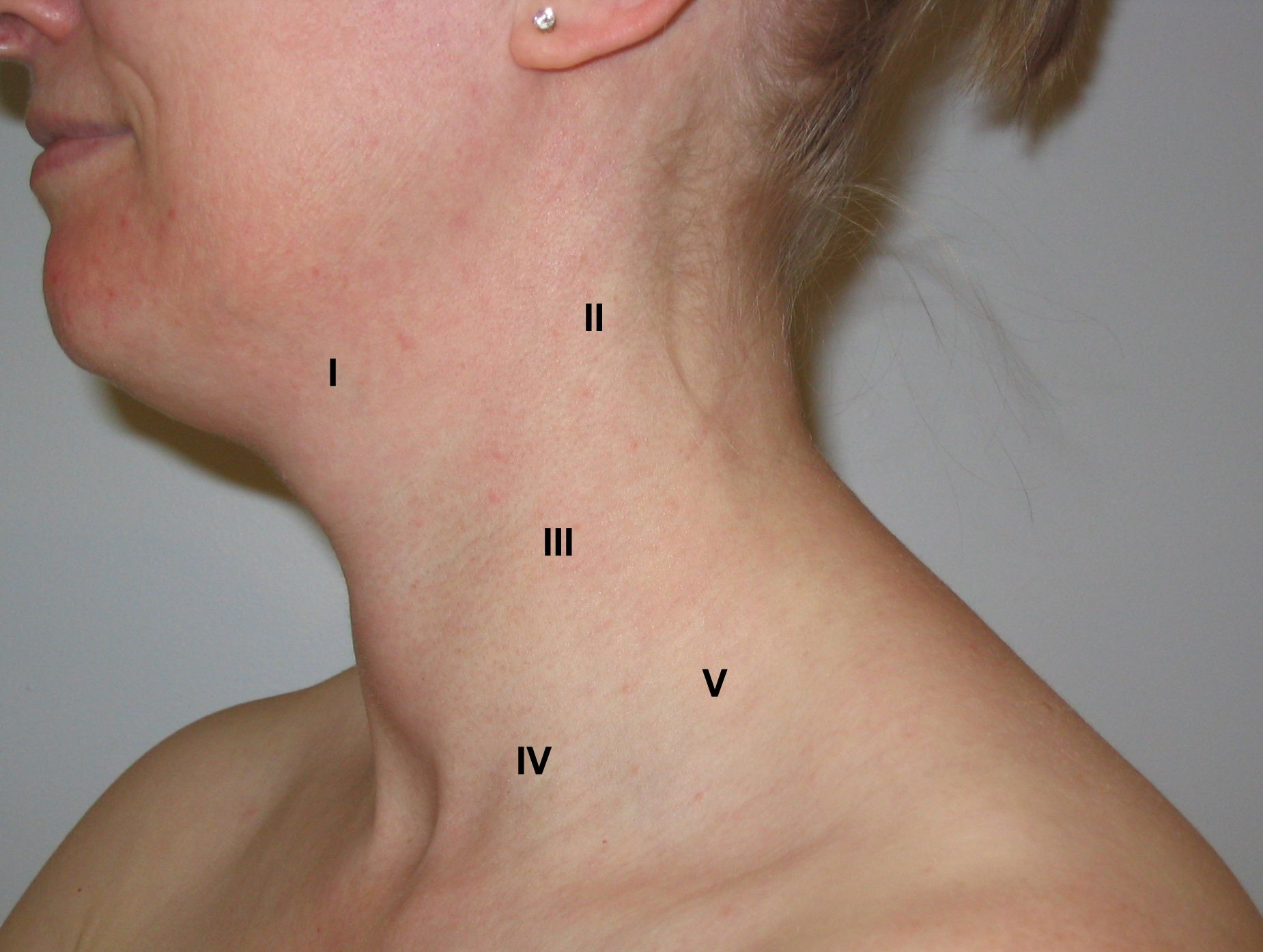 But due to possible side effects, these options should be discussed with your doctor. Depending on the specific case, pain medication may be recommended. Non-cyclic chest pain can have many different causes, so treatment depends a lot on the diagnosis. Painkillers, anti-inflammatory drugs, and compresses often help relieve symptoms, but if a fibroadenoma cyst is the cause, surgery may be needed. Treatment always depends on the individual case, so if you have mastalgia, you should always consult a doctor.
But due to possible side effects, these options should be discussed with your doctor. Depending on the specific case, pain medication may be recommended. Non-cyclic chest pain can have many different causes, so treatment depends a lot on the diagnosis. Painkillers, anti-inflammatory drugs, and compresses often help relieve symptoms, but if a fibroadenoma cyst is the cause, surgery may be needed. Treatment always depends on the individual case, so if you have mastalgia, you should always consult a doctor.
Author: Telegina Natalya Dmitrievna
Specialization: Therapist
Where does the appointment: MRI Center and Clinic RIORIT
Share:
The best specialists in St. Petersburg with a rating of 4.5+
Krotov Kirill Yurievich
Specialization: Oncologist, Mammologist, Urologist
Medical experience: since 1998
Place of admission: ID-Clinic Infectious Diseases Clinic, Veterans Oncology Center
Plokhov Valery Borisovich
Specialization: Mammologist, Phlebologist, Surgeon, Proctologist
Medical experience: since 2002
Where does the reception: LDC Svetlana
Vlaseva Olga Valerievna
Specialization: Oncologist, Mammologist
Medical experience: since 2004
Where does the reception: MC Baltmed Ozerki, International Center for Reproductive Medicine (ICRM), MC Raduga
Zhurov Alexander Sergeevich
Specialization: Oncologist, Mammologist
Medical experience: since 2001
Where does the reception: MC Baltmed Ozerki
Kutkovich Andrey Vladimirovich
Specialization: Oncologist, Dermatologist, Mammologist, Surgeon
Medical experience: since 2010
Where does the appointment: MC Baltmed Ozerki, CDC 78, Department of Early Diagnosis and Cancer Prevention
Borisov Sergey Vladimirovich
Specialization: Oncologist, Dermatologist, Mammologist, Surgeon
Medical experience: since 1987
Where does the appointment: Baltmed Ozerki clinic, MEDIKA Gzhatskaya clinic, Poema Zdorovya Clinic
Zadvornov Alexey Nikolaevich
Specialization: Oncologist, Mammologist, Surgeon
Medical experience: since 2011
Where does the reception: MC Medpomoshch 24 Zanevsky
Kochatkova Anna Alexandrovna
Specialization: Oncologist, Mammologist
Medical experience: since 2008
Where does the reception: MC March
Lifanova Victoria Yurievna
Specialization: Oncologist, Mammologist, Surgeon
Medical experience: since 2015
Where does the reception: MC Mart, Research Institute of Oncology.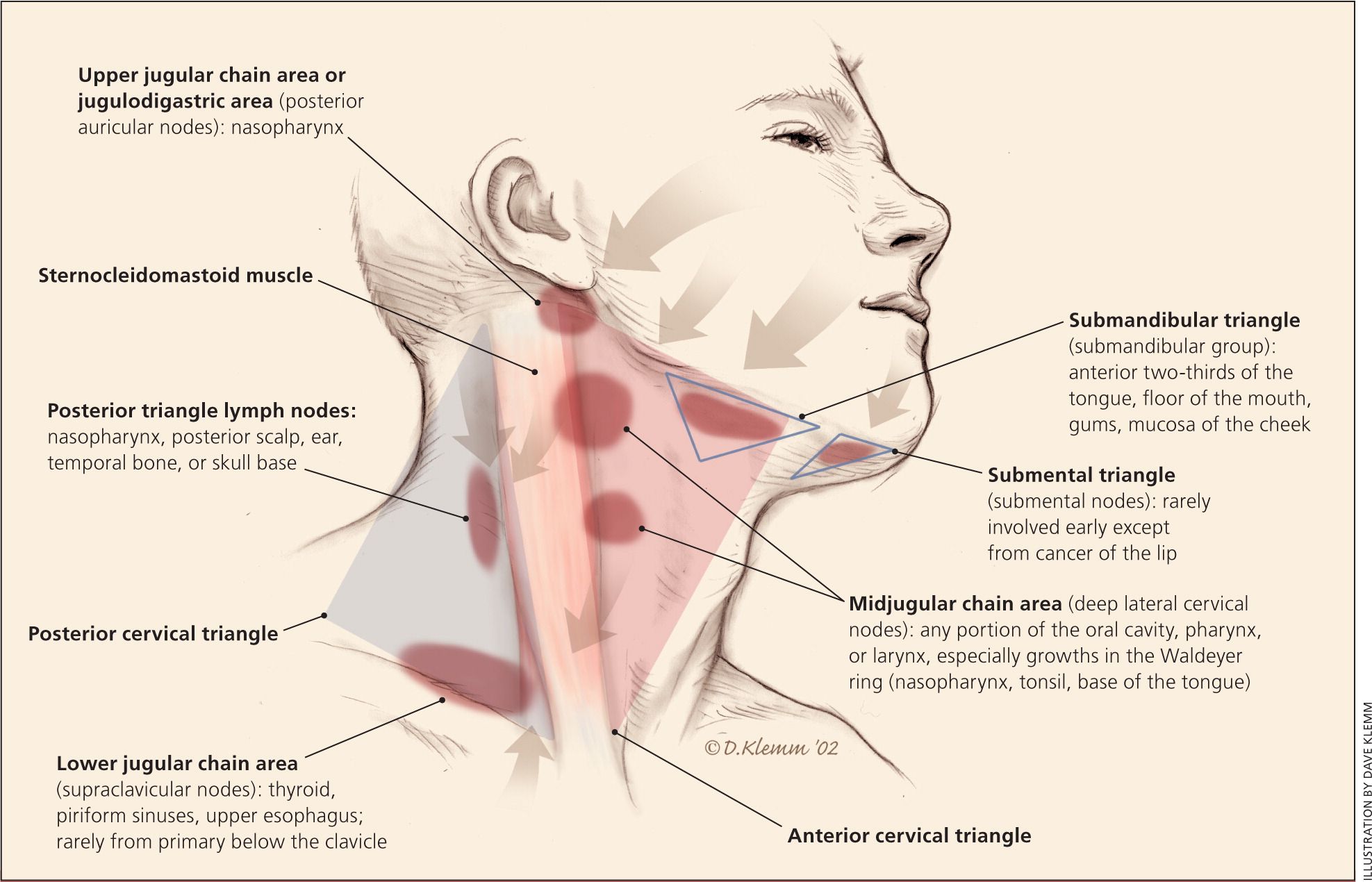 N.N. Petrova
N.N. Petrova
Dolmatov Georgy Dmitrievich
Specialization: Oncologist, Mammologist
Medical experience: since 1995
Where does the reception: MC Energo Kyiv, City Cancer Center in Pesochny
Mikhailov Alexey Gennadievich
Specialization: Oncologist, Mammologist, Surgeon
Medical experience: since 2000
Where does the appointment: SM-Clinic on Danube, SM-Clinic on Vyborgsky
Grebenshchikov Sergey Yurievich
Specialization: Ultrasound doctor, Mammologist
Medical experience: since 2010
Where does the reception: MC Longa Vita
Bogushevich Irina Gennadievna
Specialization: Oncologist, Mammologist, Surgeon
Medical experience: since 2013
Where does the reception: SM-Clinic on Vyborgsky
Grinevich Vladimir Stanislavovich
Specialization: Oncologist, Mammologist, Surgeon, Proctologist
Medical experience: since 1979
Where he is receiving: SM-Clinic on Vyborgsky, 442nd District Military Clinical Hospital named after I. I. Solovyov
I. Solovyov
Mikhailov Alexey Gennadievich
Specialization: Oncologist, Mammologist, Surgeon
Medical experience: since 2000
Where does the appointment: SM-Clinic on Vyborgsky, SM-Clinic on Marshal Zakharov, SM-Clinic on Danube, SM-Clinic on Malaya Balkanskaya
Aramyan David Suren
Specialization: Oncologist, Mammologist, Surgeon, Proctologist
Medical experience: since 2010
Where does the appointment: SM-Clinic on Danube, SM-Clinic on Malaya Balkanskaya
Izmailov Ruslan Rasimovich
Specialization: Oncologist, Mammologist, Surgeon
Medical experience: since 2015
Where does the appointment: SM-Clinic on Marshal Zakharov, SM-Clinic on Malaya Balkanskaya
Kokorina Maria Vladimirovna
Specialization: Oncologist, Mammologist, Surgeon
Medical experience: since 2009
Where does the reception: SM-Clinic on Malaya Balkanskaya
Kolosovsky Yaroslav Viktorovich
Specialization: Oncologist, Mammologist, Surgeon, Proctologist
Medical experience: since 2008
Where does the appointment: SM-Clinic on Udarnikov, SM-Clinic on Marshal Zakharov
Maslennikov Dmitry Yurievich
Specialization: Oncologist, Mammologist, Surgeon, Proctologist
Medical experience: since 2010
Where does the reception: SM-Clinic on Marshal Zakharov
Ogorodnikov Vitaly Viktorovich
Specialization: Oncologist, Mammologist, Surgeon
Medical experience: since 2004
Where does the reception: SM-Clinic on Vyborgsky
Osokin Anton Vladimirovich
Specialization: Oncologist, Mammologist, Surgeon, Proctologist
Medical experience: since 2004
Where does the appointment: SM-Clinic on Danube, SM-Clinic on Malaya Balkanskaya
Khangireev Alexander Bakhytovich
Specialization: Oncologist, Mammologist, Surgeon, Occupational Pathologist
Medical experience: since 2014
Where does the appointment: SM-Clinic on Udarnikov, SM-Clinic on Malaya Balkanskaya
Khokhlov Sergey Viktorovich
Specialization: Oncologist, Mammologist, Surgeon, Proctologist
Medical experience: since 2000
Where does the appointment: SM-Clinic on Vyborgsky, SM-Clinic on Udarnikov
Literature
- Beknazarov, Z.
 P. Mammary cancer. /Z.P. Beknazarov, A.Kh. Ismagilov, S.N. Navruzov // Practical medicine. – 2008. -№2.
P. Mammary cancer. /Z.P. Beknazarov, A.Kh. Ismagilov, S.N. Navruzov // Practical medicine. – 2008. -№2. - Malygin, E.H. Reconstructive plastic surgery of the breast for cancer: Dis. Dr. med. Sciences / E.N. Malygin
- A.I. Barkanov // Topical issues of mammology. – 2001. – S.249-253.
- Shevchenko, S.P. The use of Expander in breast reconstruction after mastectomy in cancer patients: Dis. cand. honey. Sciences / Shevchenko S.P. — 1995.
- Borovikov, A.M. Selected issues of plastic surgery. Breast reconstruction after oncological operations. /A.M Borovikov. – 2008. – Vol. 1, No. 16.
Latest articles on diagnostics
Inflammatory breast cancer
Inflammatory breast cancer is a rare type of cancer that develops rapidly and makes the affected breast red, swollen and painful.
Read more
Breast cancer screening
Approximately every eighth woman in Russia is diagnosed with breast cancer during her lifetime.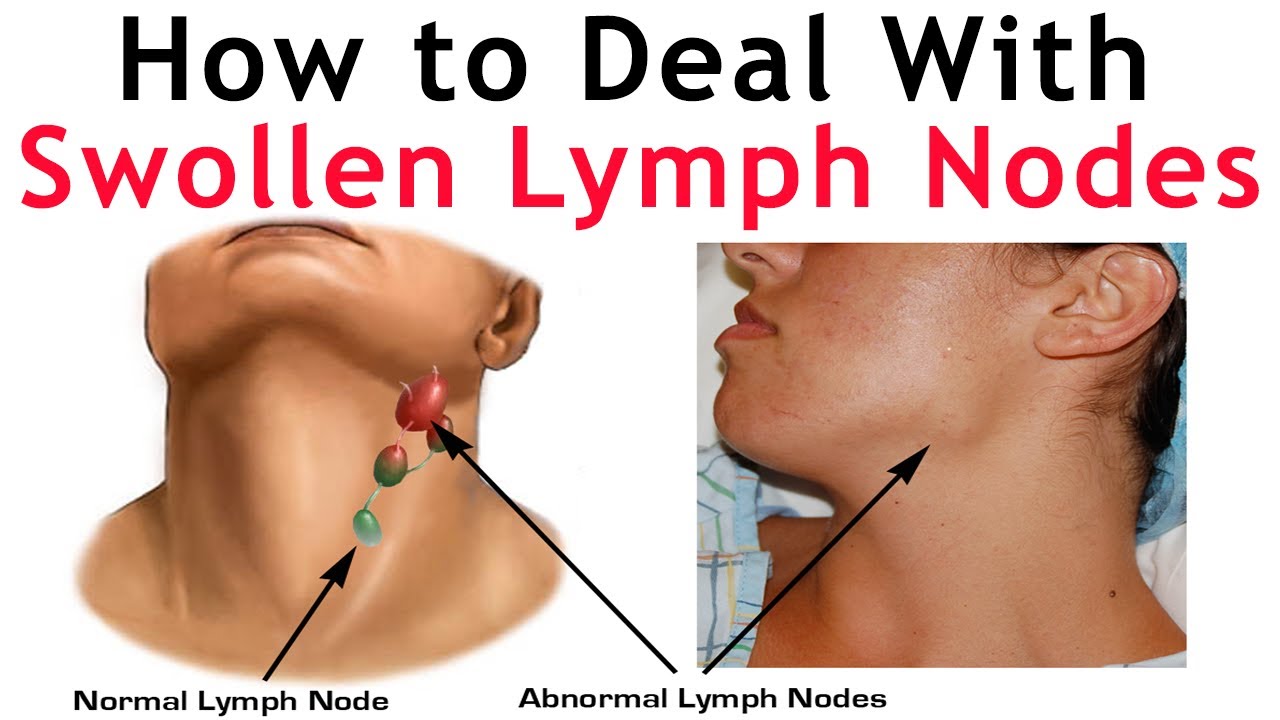 If it is detected at an early stage, the treatment will be more successful and the patient has a good chance of a full recovery. The breast cancer screening procedure is aimed at early detection of breast cancer.
If it is detected at an early stage, the treatment will be more successful and the patient has a good chance of a full recovery. The breast cancer screening procedure is aimed at early detection of breast cancer.
Read more
Breast MRI for cancer
Breast MRI with contrast is the preferred method for diagnosing breast cancer. The breast tomography service in St. Petersburg is offered by many diagnostic centers equipped with high-field devices with a power of 1.5 Tesla and higher. First of all, this survey is in demand
Read more
Which is better for breast cancer – breast MRI, ultrasound or mammography?
Ultrasound, mammography, and breast MRI with contrast are the three main methods for diagnosing breast cancer. Which of them is better and will show oncology earlier? Let’s figure it out. Breast cancer is one of the most common cancers in the world. In terms of the total number of cases, it ranks second after lung cancer. In women, breast cancer is the most
Read more
What tests to take if the lymph nodes are inflamed in the Optimum medical laboratory in Sochi (Adler)
- Home
- medical reference book
- Inflamed lymph nodes
More about the doctor
Lymph nodes are organs responsible for filtering the lymph circulating through the body from microbes, toxins and foreign substances. Together with capillaries, lymphatic vessels and ducts, they are part of the lymphatic system. Lymph nodes are oval, round or flat and long formations. Color varies from pink to grey, sizes from 0.5 mm. up to 50mm. and more. They are located in clusters of up to 10 nodes along the lymphatic and blood vessels.
Together with capillaries, lymphatic vessels and ducts, they are part of the lymphatic system. Lymph nodes are oval, round or flat and long formations. Color varies from pink to grey, sizes from 0.5 mm. up to 50mm. and more. They are located in clusters of up to 10 nodes along the lymphatic and blood vessels.
According to their location, lymph nodes are divided into:
- Internal, located in the visceral systems of the body.
- External, located under the muscles or near the skin.
Depending on the location, the functions of the lymph nodes also differ. The organs of the lymphatic system are responsible for the following processes in the body:
- metabolism of fats and similar substances;
- protection against bacteria, viruses and other pathogens from the external environment;
- formation of antibodies, leukocytes and phagocytes for the immune system.

When infectious agents penetrate from the outside, the protective functions of the lymph nodes are activated: the organs react to a violation in the internal environment of the body and begin to secrete immune cells to fight pathogenic bacteria. In a normal healthy state, the lymph nodes are not noticeable on palpation and do not cause discomfort or pain if pressure is applied to them. Therefore, their increase in size indicates the development of the disease or the beginning of the inflammatory process in the area for which they are responsible.
Inflammation of the lymph nodes can occur both in a painful form and can be noticed only when pressed. The first form is characterized by acute permanent, sometimes throbbing pain. If the process becomes purulent, fever and loss of strength are added to the listed symptoms.
It is almost impossible to diagnose the causes of pathological changes in the lymph nodes by examination, percussion or auscultation.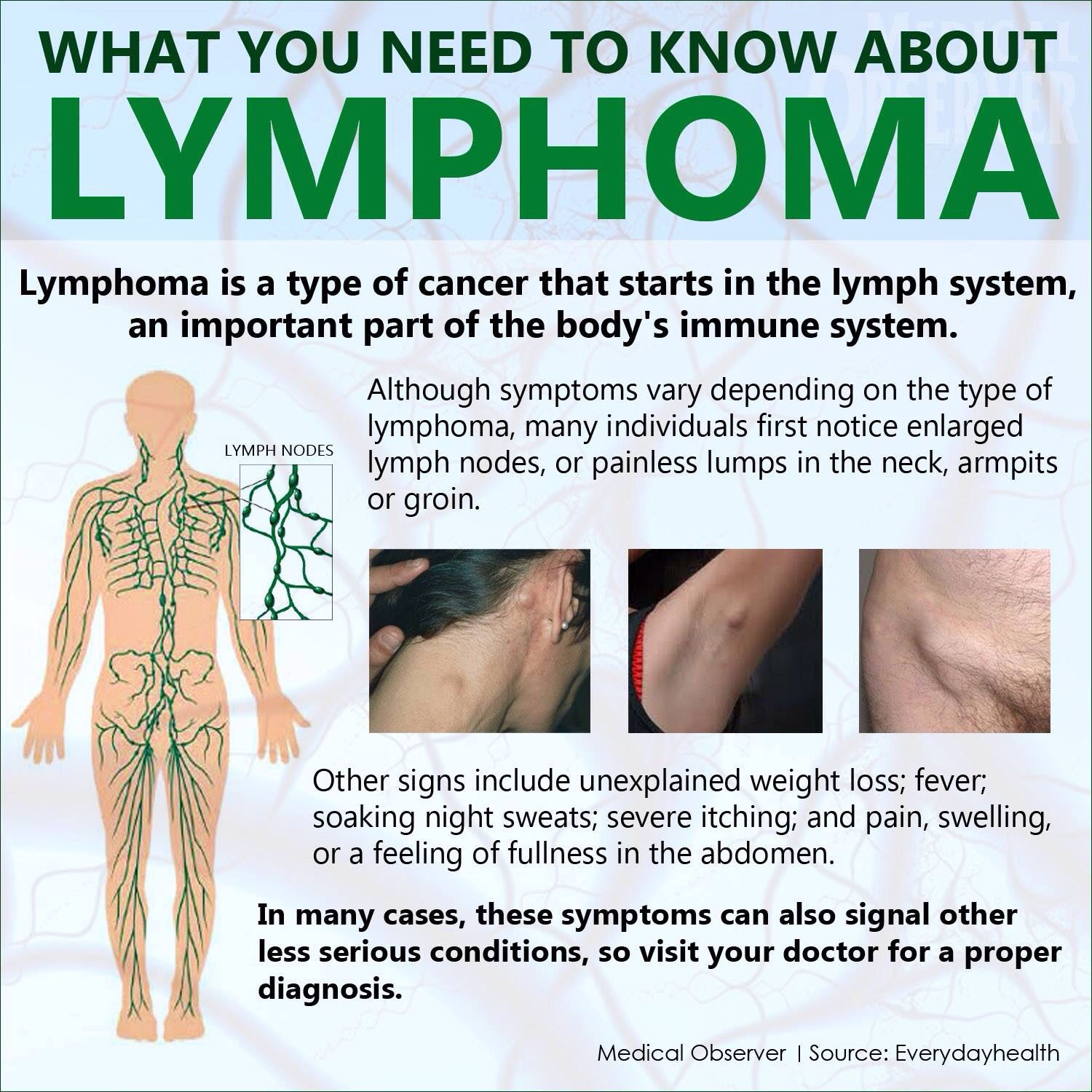 To make a diagnosis, the patient must pass the following laboratory tests:
To make a diagnosis, the patient must pass the following laboratory tests:
- Complete blood count. It will show changes occurring in blood cells and reveal the presence or absence of infection, viral damage, parasitic pathology, purulent or inflammatory processes.
- Biochemical blood test. It will determine the state of the liver and kidneys, as well as metabolic disorders.
- Analysis for tumor markers. Reveal the development of a lymphatic tumor.
- Immunological assay. It will show at what stage the oncological process proceeds.
Blood testing is not the only method used in diagnosis. It is possible to make a diagnosis in combination with the following medical measures:
- Ultrasound examination. Helps identify cancers in the area being examined.
- Radiography . It is used as an additional method if others have turned out to be uninformative or in case of deep location of the lymph nodes.


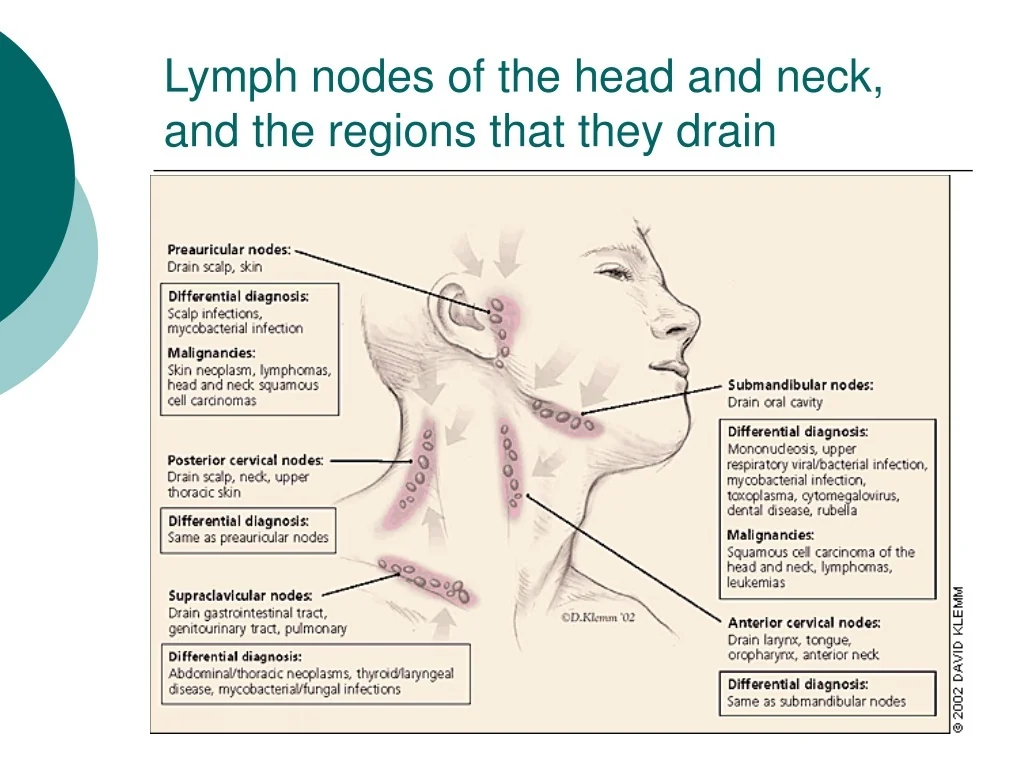
 Typically, the lymph nodes affected by Kaposi sarcoma are around the groin area. This is often accompanied by leg swelling as well.
Typically, the lymph nodes affected by Kaposi sarcoma are around the groin area. This is often accompanied by leg swelling as well.
:max_bytes(150000):strip_icc()/armpitpainfinal-01-5c86a51446e0fb000133653f.png) P. Mammary cancer. /Z.P. Beknazarov, A.Kh. Ismagilov, S.N. Navruzov // Practical medicine. – 2008. -№2.
P. Mammary cancer. /Z.P. Beknazarov, A.Kh. Ismagilov, S.N. Navruzov // Practical medicine. – 2008. -№2.
